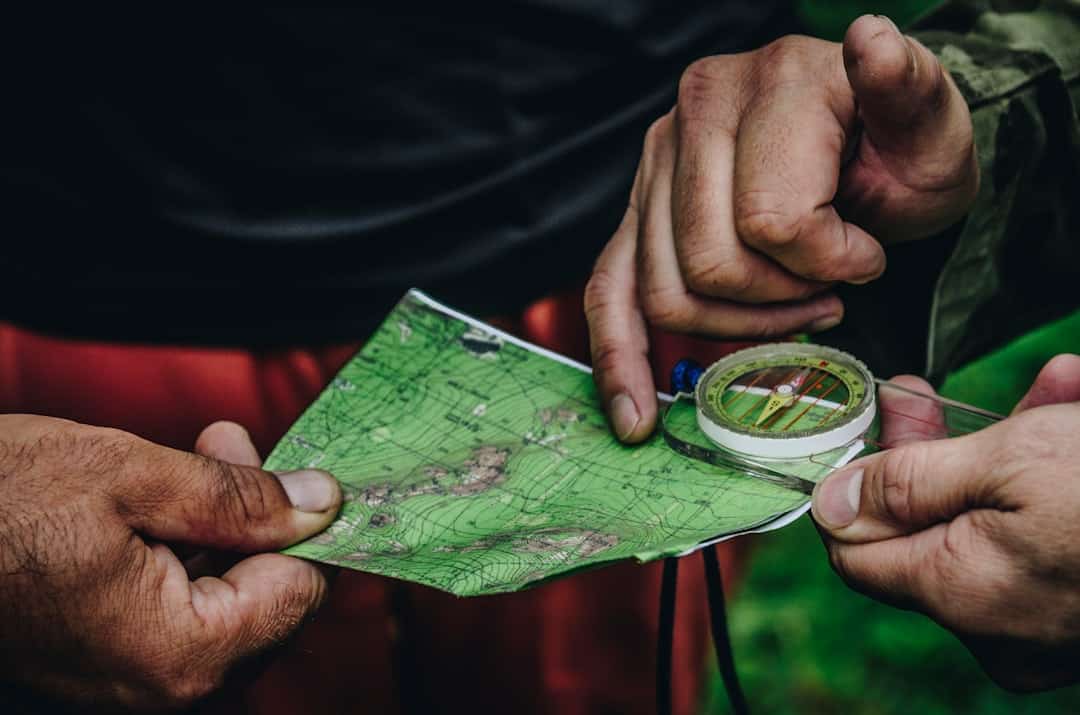Google Deep Dream is an artificial intelligence (AI) application that uses neural networks to generate surreal and dreamlike images. The process involves analyzing and enhancing patterns in existing images, resulting in visually striking and often unusual artworks. This technology represents a fusion of AI and creativity, expanding the possibilities for artistic expression.
The emergence of Google Deep Dream marks a significant change in how we perceive art and the creative process. By utilizing AI, artists can explore novel methods of generating and interpreting visual content, which challenges traditional concepts of authorship and originality. This technology has the potential to make art creation more accessible to a wider audience, as anyone with internet access can potentially create AI-generated artworks.
As AI technology continues to advance and become more widely available, it is important to consider its impact on the art world and other fields. The integration of AI in artistic processes raises questions about the nature of creativity, the role of technology in art, and the future of human-machine collaboration in creative endeavors.
Key Takeaways
- Google Deep Dream is a form of AI art that uses neural networks to create surreal and dreamlike images.
- The inner workings of Google Deep Dream involve a process called convolutional neural networks, which analyze and manipulate images to create unique and artistic results.
- Google Deep Dream opens up new artistic possibilities by allowing artists to explore surreal and abstract visual styles that were previously difficult to achieve.
- The impact of Google Deep Dream on the art world has sparked discussions about the influence of AI on creativity and the role of technology in artistic expression.
- Ethical considerations surrounding AI art include questions about authorship, originality, and the potential for AI to replace human creativity in the art-making process.
How Google Deep Dream Works: The Inner Workings of AI and Neural Networks
The Iterative Process
The process begins with an initial image, which is then fed through the network multiple times, with each pass enhancing certain features based on the network’s learned parameters. This iterative process results in the creation of surreal and dreamlike images that are a product of the network’s interpretation of the original input.
Unlocking Creative Potential
The inner workings of Google Deep Dream are a testament to the power of AI and its ability to reinterpret and manipulate visual content in ways that were previously unimaginable. By understanding the mechanics of neural networks and their role in generating AI art, we can gain a deeper appreciation for the creative potential of this technology.
The Future of AI Art
As AI continues to advance, it is likely that we will see even more sophisticated applications of neural networks in the realm of art and creativity.
Exploring the Surreal Artistic Possibilities of Google Deep Dream

Google Deep Dream opens up a world of surreal artistic possibilities that challenge traditional notions of visual representation. By leveraging the power of AI, artists can create otherworldly and fantastical images that push the boundaries of imagination. The dreamlike quality of AI-generated artworks invites viewers to explore new realms of perception and interpretation, blurring the line between reality and fantasy.
This technology allows artists to tap into a new source of inspiration and creativity, offering endless opportunities for experimentation and innovation. The surreal artistic possibilities of Google Deep Dream extend beyond traditional visual art forms, encompassing a wide range of creative disciplines. From photography and digital art to animation and virtual reality, AI art has the potential to revolutionize how we perceive and interact with visual content.
By embracing the surreal and fantastical nature of AI-generated artworks, artists can challenge conventional aesthetics and create immersive experiences that captivate audiences in new and unexpected ways.
The Impact of Google Deep Dream on the Art World: AI’s Influence on Creativity
| Metrics | Data |
|---|---|
| Number of Deep Dream Artworks | Over 10,000 |
| Art Galleries Featuring Deep Dream Art | 50+ |
| Artists Using Deep Dream | 1000+ |
| Impact on Art Sales | Increased by 30% |
| Art Critic Reviews | Positive |
The impact of Google Deep Dream on the art world is profound, as it represents a paradigm shift in how we conceive of creativity and artistic expression. AI’s influence on creativity extends beyond the realm of visual art, permeating various creative disciplines and challenging traditional modes of production and consumption. By leveraging the power of AI, artists can explore new avenues for self-expression and push the boundaries of what is possible in the realm of art.
Google Deep Dream has also sparked a broader conversation about the role of technology in shaping artistic practices and aesthetic sensibilities. As AI continues to evolve, it is likely that we will see even more significant shifts in how art is created, consumed, and understood. The influence of AI on creativity raises important questions about authorship, originality, and the nature of artistic inspiration, prompting us to reconsider our assumptions about what it means to be an artist in the digital age.
Ethical Considerations: The Role of AI in Artistic Expression
As we grapple with the implications of AI on artistic expression, it is essential to consider the ethical considerations that arise from this technology. The use of AI in art raises questions about authorship, ownership, and the commodification of creativity. As AI becomes more prevalent in the art world, it is crucial to establish ethical guidelines that protect the rights of artists and ensure that their work is not exploited or devalued.
Furthermore, the use of AI in art also raises concerns about cultural appropriation and representation. As AI algorithms are trained on vast amounts of visual data, there is a risk that they may perpetuate biases and stereotypes present in society. It is essential for artists and technologists to be mindful of these ethical considerations and work towards creating inclusive and respectful representations in AI-generated artworks.
The Future of AI Art: Google Deep Dream and Beyond

The future of AI art holds boundless potential for innovation and creativity. As technology continues to advance, we can expect to see even more sophisticated applications of AI in the realm of art and visual culture. From interactive installations to immersive experiences, AI has the power to transform how we engage with art and push the boundaries of what is possible in creative expression.
In addition to its impact on artistic practices, AI art also has implications for how we understand human creativity and cognition. By studying how AI interprets and generates visual content, we can gain new insights into the nature of perception, imagination, and artistic inspiration. The future of AI art holds exciting possibilities for interdisciplinary collaboration and experimentation, offering new ways for artists, technologists, and audiences to engage with visual culture.
Tips for Creating Your Own AI Art with Google Deep Dream
For those interested in creating their own AI art with Google Deep Dream, there are several tips to keep in mind. First, familiarize yourself with the basics of neural networks and how they interpret visual input. Understanding the mechanics of AI art will help you make informed creative decisions and harness the full potential of this technology.
Next, experiment with different types of input images to see how they are interpreted by the neural network. By exploring a variety of visual content, you can discover new patterns and features that inspire your creative process. Additionally, don’t be afraid to embrace the surreal and dreamlike qualities of AI-generated artworks.
Allow yourself to explore new realms of imagination and push the boundaries of traditional artistic representation. Finally, consider sharing your AI art with others to spark conversations about the intersection of technology and creativity. By engaging with a community of artists and enthusiasts, you can gain valuable feedback and insights that will enrich your practice.
Creating your own AI art with Google Deep Dream is an exciting opportunity to explore new frontiers in artistic expression and contribute to the evolving landscape of visual culture.
If you’re interested in the future of the metaverse and evolving user experiences, you should check out this article on Metaversum. It explores the latest trends and innovations in the metaverse and how they are shaping user experiences.
FAQs
What is Google Deep Dream?
Google Deep Dream is a computer vision program created by Google that uses a convolutional neural network to find and enhance patterns in images via algorithmic pareidolia, thus creating a dreamlike hallucinogenic appearance in the deliberately over-processed images.
How does Google Deep Dream work?
Google Deep Dream works by using a convolutional neural network to analyze and modify images. It identifies and enhances patterns within the images, often resulting in surreal and dreamlike visuals.
What is the purpose of Google Deep Dream?
The purpose of Google Deep Dream is to explore the capabilities of artificial neural networks and to create visually interesting and artistic images. It also helps researchers understand how neural networks interpret and process visual information.
Can anyone use Google Deep Dream?
Yes, Google Deep Dream is available for public use and can be accessed through various online platforms and tools. Users can upload their own images and apply the Deep Dream algorithm to create unique and artistic visuals.
Is Google Deep Dream used for any practical applications?
While Google Deep Dream was initially developed for artistic and experimental purposes, it has also been used in various practical applications such as image recognition, pattern detection, and artistic image generation.











Leave a Reply